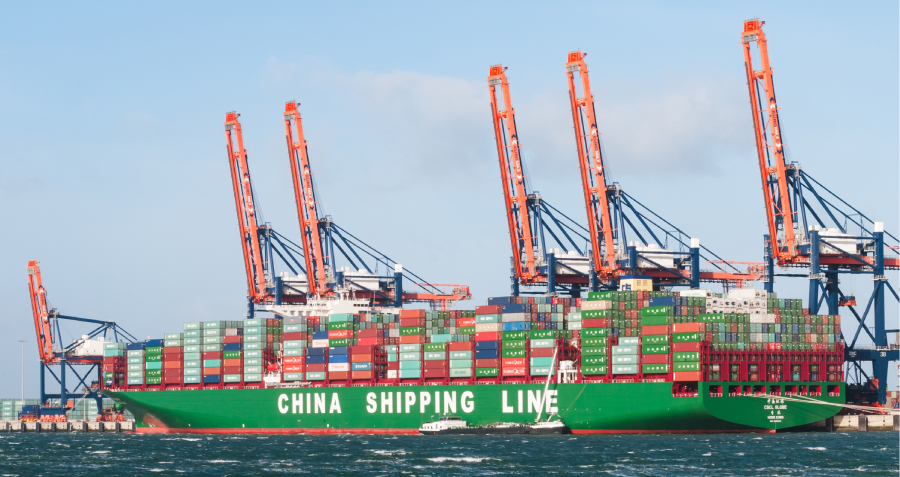Is the iPad Index a good way of comparing the purchasing power parity of different countries?
CommSec, a unit of Australia’s Commonwealth Bank, recently issued its annual iPad Index. The index compares the price of an iPad across 46 different countries–specifically a 16-gigabyte iPad Retina with wifi. The bank began with an iPod Index in 2007 but added the iPad in 2010. The price of the iPad varies a lot across the countries from a high of $1,094 in Argentina to a low of $474 in Malaysia. Interestingly, an iPad is more expensive in China ($603) where many of its components are manufactured than in California ($547) where Apple is headquartered.
The bank uses this index to evaluate what is called purchasing power parity. The idea is that if free trade prevails the same good should sell at the same price across countries if expressed in the same currency. Deviations from this would indicate that a currency is over- or under-valued relative to another. For example, the data for Argentina and Malaysia would imply that the Argentine peso is under-valued relative to the Malaysian ringgit by a factor of about 0.43 ($1,094/$474).
This comparison is not quite right. The bank recognizes that the iPad prices need to be adjusted for differences in transport costs and taxes across the countries. But even if we did so, many of the prices would still be far apart. After making this adjustment, the bank argues that the prices would be the same if all the currencies were fairly priced. The idea is appealing in concept–compare the price of an identical good across different countries and see if it is the same (The Economist did this even earlier with the more lighthearted “Big Mac Index” but more on that later).
The problem is that we would not expect an iPad’s price (properly adjusted for transportation and taxes) to be the same across countries even if all currencies were fairly priced. For example, why might the iPad be more expensive in China than in the US even though it must travel to the U.S. after assembly in China? One possibility is that the renminbi and the dollar are not fairly priced relative to each other. This is quite probable since the renminbi is not freely floating. However, there is another reason which contributes to the price difference–what economists call price discrimination.
Price discrimination occurs when a firm charges different prices to different customers for the same product. I have discussed this practice before in the context of Chinese universities. As I discussed there, three conditions must be met for a firm to successfully price discriminate. Let’s see if these conditions are met for Apple’s iPad. First, Apple must have market power so that it can price above its cost. Apple certainly has this. Its product is unique enough that most people do not regard other tablets such as the Google Nexus or Samsung Galaxy as close substitutes. If Apple did not have market power, it would not be able to price much above its cost because customers would simply shift to a similar product with a lower mark-up. Second, Apple can identify different customer segments that value its product differently. This is very easy here–to the extent that residents of different countries value an iPad differently Apple can easily identify them based on where they live and charge a different price in each country.
Third, Apple must be able to separate the groups and prevent arbitrage. This means, for example, that one cannot easily go to Malaysia, buy iPads for $474 each, take them to Argentina, and sell them for $1,094 each. Apple is smart enough to have thought this one through. Try to go into your local Apple store and buy 250 iPads. The staff will likely explain that you are limited in the number of iPads you can purchase. This makes the transaction costs high enough that arbitrage cannot occur on a large scale. It does occur on a small scale–I know many people who have asked friends visiting the US to bring an iPad back to China for them.
The index therefore likely tells us much more about how price sensitive iPad customers are in different countries than it does about the relative values of currencies. In particular, countries near the top of the iPad Index likely have customers who are less price sensitive than customers in countries near the bottom of the list.
One might wonder why an iPad would be priced higher in a developing country like China than in a developed country like the US. Again, currency prices are probably part of the explanation. However, we need to be careful. In China, iPads are primarily purchased by wealthy urbanites that likely have low price sensitivity. In the US ownership of iPads is much more widespread. In more of a mass market, customers may be more price sensitive.
Does the Big Mac Index do a better job of this? Although still not perfect it is better. McDonald’s has some amount of market power in hamburgers but it has much less than Apple does in tablets. This means that McDonalds has much less ability to price a Big Mac above cost and the price of a Big Mac will better reflect its costs than an iPad will. That is, this lack of market power limits McDonalds’ ability to price discriminate. Ironically, comparing Big Macs may be comparing apples to apples much more so than comparing Apple iPads.
(Photo Credit: Jesse Knish Photography, at GDC Online 2011 Show Sessions, for GDC Online, via Official GDC’s Photostream)



















